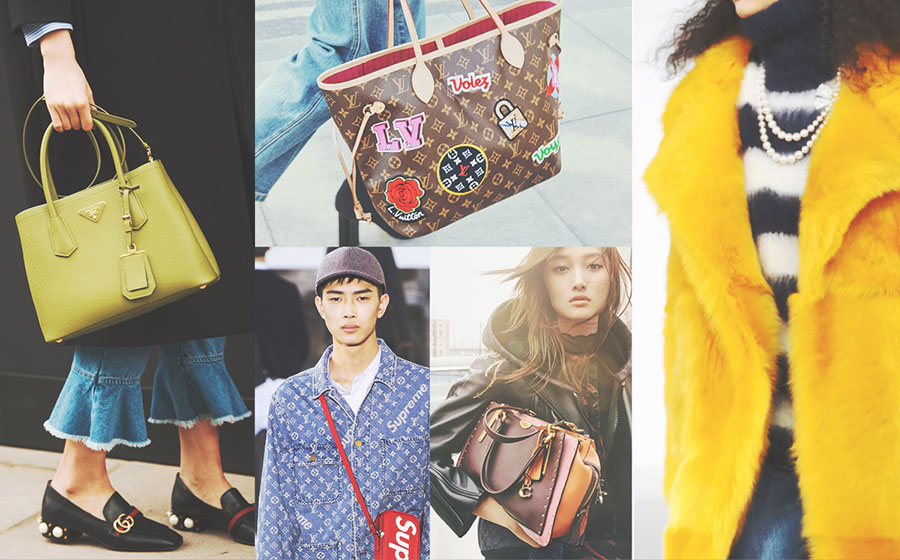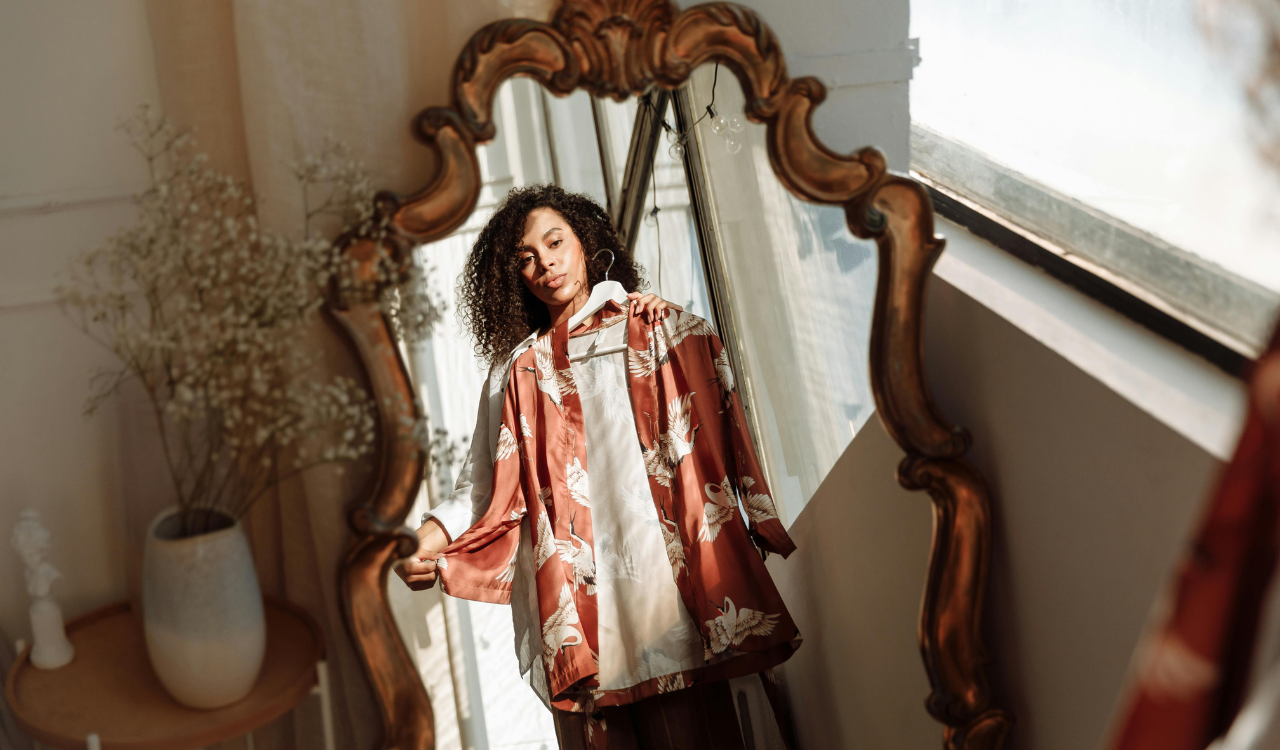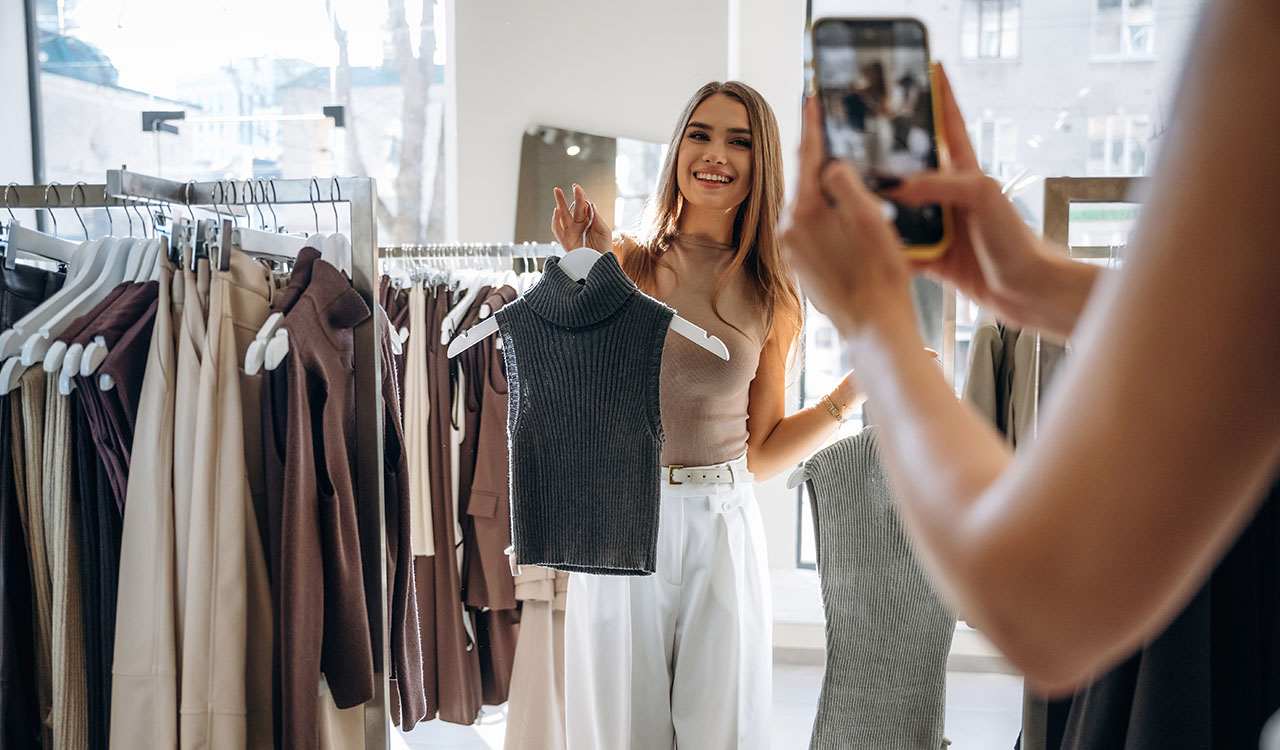Back to Growth
So far, 2018 has been a good year for the luxury industry, at least according to the recent financial reports at Kering, LVMH, Michael Kors, Ralph Lauren and Tapestry, all posting results that beat analyst expectations and providing positive outlooks. Sure, there is the normal ebb and flow of trending brands, must-have and must-not products, but overall, the tide is rising. The future looks good despite political and trading uncertainties…with two caveats: the Chinese luxury consumer and the impact of the escalating trade war conversation.
By the Numbers
- Tapestry, with its portfolio of modern luxury brands Coach, Kate Spade and Stuart Weitzman reported fiscal Q4 (ended June 30, 2018) sales and earnings growth of 31 and 39 percent, respectively, benefiting from the inclusion of Kate Spade results (acquisition closed July 11, 2017) and 120 basis points of gross margin expansion. With the brand turnaround significantly underway, Coach reported a two percent global comp increase. Their merchandising and marketing strategies resonate with a modern luxury customer who enjoys Coach House personalization and Stuart Vevers relaunch of the Coach burnished logo.
- Alessandro Michele can do no wrong as Gucci’s creative director, driving Kering’s 34 percent 1H2018 revenue gain and 55 percent increase in net income. Likewise, at LVMH where 12 percent organic sales growth reflects Fashion & Leathergoods up 15 percent and Perfumes & Cosmetics and Watches & Jewelry, each up 16 percent for 1H2018; net income rose 41 percent.
- Michael Kors beat analyst projections with a 26 percent fiscal Q1 (ended June 30, 2018) sales gain (eight percent excluding the Jimmy Choo November 1, 2017 acquisition) and net earnings up 49 percent.
- Even mass/premium/luxury straddler Ralph Lauren exceeded expectations with a fiscal Q1 (ended June 30, 2018) sales gain of three percent accompanied by a 41 percent increase in adjusted net income. At Ralph Lauren, AUR (average unit retail or price) rose eight percent in the direct-to-consumer channel on improved full-price selling and fewer discounts.
The big takeaway heading into the back half and the holiday selling season is gross margins are expanding concurrent with investments in product, marketing, digital, store locations and experience. Profit margins are positioned to move higher with these investments. Novelty, customization, co-creation and personalization are just a few of the product strategies that are creating the emotional bonds that underpin consumer loyalty. And luxury marketers have learned the nuances of digital where they are telling brand stories to attract and engage customers of all ages. Some luxury players are offering online exclusives. On the July 24th call with investors, LVMH’s CFO, Jean-Jacques Guiony concluded, “The engine is firing on all cylinders, and only capacity constraints and willingness to preserve brand exclusivity prevents us from growing faster.” That, coming from a company that has warned of market euphoria while cautioning investors of an economic slowdown only a year ago, talks to the current state of luxury from insiders.
Bain’s midyear update projects global growth of six to eight percent for the personal luxury goods market in 2018, supported by the Chinese luxury consumer, increasingly a young, fashion savvy value-seeking shopper. Mainland China will lead regional growth, up 20-22 percent, Japan, up six to eight percent, the US luxury market projected up three to five percent, and Europe, up two to four percent. The next five years should see double-digit online sales growth as penetration approaches a projected 25 percent by 2025 up from nine percent in 2017. Bain sized the global luxury market at $307 billion in 2017, up six percent, with 85 percent of the increment from global millennial and Gen Z shoppers.
What Is the New Luxury?
Evolving consumer demands along with changing demographics have pressured traditional luxury houses to alter their business and marketing strategies that have worked with few alterations for many decades. But when everything is seemingly available everywhere, thank you Farfetch and Amazon, the old paradigms of exclusivity have been upended. The new model for exclusivity is executed today with limited-edition products that are localized and thus can drive a Dolce & Gabbana shopper to SoHo or South Beach for a store visit and the bragging rights of site-specific exclusivity and access.
Youth has always driven fashion, culture and luxury. Bain posits that 45 percent of luxury sales will be from millennials and Gen Z by 2025, and their influence will continue to be even broader. The casualization of the workplace, popularity of streetwear, sneakers, sweats and even denim all originated with youth and have been adopted by older cohorts in an effort to be forever young and emulate a millennial state of mind.
So, luxury apparel in 2018 is a $1000+ hoodie and $1600 embellished sneakers as much as it is still a Brioni or Kiton suit. Casual apparel, athleisure, streetwear and sneakers are key levers attracting a broad swathe of new consumers to luxury brands.
Broadly speaking, luxury has gotten a sense of humor. Look at the extensive use of cartoon characters and emojis prominently placed on many luxury brands, appealing to a new audience. Streetwear adds authenticity to luxury houses that originated in another era. Streetwear’s integration into luxury brands twists brand meanings and creates relevancy for a new generation. Millennials and Gen Z who grew up with Vans and Supreme follow those brands’ luxury collaborations. There is a refreshing sense of self-expression with today’s luxury customer. Meanwhile, street culture provides cred for luxury houses that may have lost out with marketing programs that focused on idealized, inaccessible lifestyles. Millennials want premium products and experiences that are attainable.
Luxury brands still require the suspension of disbelief as we enter their world and invest in the brand’s dream creation. For a fleeting moment when one contemplates purchasing a $6000 Chanel handbag, she is transported into the world of Coco Chanel, her irreverent zest for a life on her terms, a mix of feminine and masculine and timeless elegance. Today’s luxury shopper is less conscious of traditional status symbols but still desirous of prestige, inclusivity, scarcity, authenticity and emotion. They invest in brands that add value to their lives and provide immersive rich experiences.
Gilding the Lily
The right balance for luxury products is a mix of heritage and modernity. Heritage inspires the brand’s iconic DNA. Modernity invites the brand to adapt to the changing consumer and evolving lifestyles. The combination makes the brand relevant today. Emojis and cartoon characters, Andy Warhol, Keith Haring and Jeff Koons, all have brought a new lens to traditional luxury and in doing so, have attracted new consumers. These collaborations make the luxury brand reflect the times.
- At Gucci, outrageous opulence and audacious luxury is the offer de jour by A. Michele.
- Hermes and Armani are staying the course with no noticeable change to their brand codices.
- Coach is reaching deep into an Americana past, reviving the brand’s roots in saddle leather paying homage to renewed demand for tasteful logo-ed product.
- Dior’s Saddle bag (the IT Bag of 1999) has returned under creative director, Maria Grazia Chiuri, replete in canvassed logo as well as patchworked designs inscribed with peace and love, very Woodstock!
- This season Prada has gone garish with neon colors and a nod to the street scene with canvas silkscreened logo bags adorned with bananas, monkeys and dinosaurs.
- Slit skirts and a kitten heel bootie are the go-to looks at Chanel this fall and the Chanel jacket takes on new proportions, fitted, elongated with sleeve interest.
- Virgil Abloh’s debut at Louis Vuitton is quintessential new luxury, mixing formal with casual and bound to attract a large young male shopper to the brand; men who previously accompanied their female friends and partners to the store now have a powerful draw to shop themselves.
Agility Entrepreneurship and Digital
Luxury houses may have been slow to adapt to digital, preferring in-store experiential retail to tell and reinforce brand stories. But they’ve done an about face and are engaged online. An effective online strategy provides a mecca of content and commerce, where consumers begin discovery and the seed of a store visit is planted. On most of the conference calls with investors, digital is top of mind for innovation, marketing, commerce and social. At Tapestry, 120 million names in its global database provide the opportunity to leverage digital connectivity and data analytics. They are exploring AI and machine learning for inventory management, merchandising and pricing analytics.
Marco Bizzarri, Gucci’s CEO, along with A. Michele and the Gucci/Kering team have ignited social media with 27 million Instagram followers, #GucciGarden and GucciApps. With Asia Pacific it’s largest region (34 percent of brand sales) Gucci has social shopping on WeChat. Digital is an integral part of the path to purchase at most of the luxury brands at LVMH following the lead of it’s Sephora retail banner as an early adopter of omnichannel and digital commerce. Innovation was pivotal in the 1840 founding of Louis Vuitton luggage. LVMH has doubled down on innovation in the last two years with the July 2017 introduction of its DARE (Disrupt, Act, Risk to be an Entrepreneur) program for LVMH employees as intrapreneurs. This year (April 2018) LVMH launched La Maison des Startups, an accelerator program at Station F, the world’s largest incubator in the 13th arrondissement of Paris.
New Business Models
Luxury is awash with new business models. Renting, consigning and sharing is the new ownership. Flont, Rent the Runway and TheRealReal are testaments to the democratization of luxury. You don’t have to be a millionaire to live like one! Luxury is benefitting from this shared economy sensibility. The young consumers familiar with wealth, status and luxury via their upbringing cannot afford their parents’ lifestyles. But they can rent them.
Farfetch, the leading tech platform for the global luxury fashion industry connects more than 2.3 million consumers in 190 countries with 990 luxury sellers and 3,200 brands in a marketplace model. It filed its IPO August 20, 2018. Specifics of the offering (number of shares, price, total raise) were unspecified with proceeds to be used to fund growth and potential acquisitions, but metrics include 1.1 million active customers within the past 12 months with an average order value of $662. The Farfetch platform GMV (gross merchandise value) was $910 million in 2017. It is now up 55 percent for the first six months of 2018 to $624 million. The Amazon of luxury, Farfetch has 10-times more SKUs than its closest competitor — without holding any inventory. Profits aren’t part of the picture, but with a growing base of luxury shoppers from developing markets and the rapid acceptance of digital luxury commerce, the Farfetch IPO is a good bet on the growth of new luxury.
Let’s remember many of these new business models are sustainable and green. Today’s luxury consumer can pat themselves on the back for saving the planet while indulging in the purchase of a consigned Hermes from TheRealReal (perhaps the only place to achieve instant gratification for a Kelly bag). But be an authentic agent of social good, otherwise don’t waste your time. If Target can give away millions to local communities, luxury brands with their covetable EBIT margins can support and drive social change that aligns with brand purpose. Gucci went fur free in 2017, closely followed by Michael Kors. Equilibrium.gucci.com launched in 2018 to connect people, planet and purpose, supporting Gucci employees to make a difference and volunteer locally. Kering (Gucci’s parent company) is notable in its social responsibility and sustainability efforts. Doing well by doing good resonates with millennials when it’s real.
The End of the Rainbow?
What could derail luxury momentum is the Chinese and then those pesky unforeseen exogenous events that we don’t like to keep in a fog cloud. The U.S. economy is strong and consumer spending is accelerating according to recent monthly retail sales reports. Luxury provides an escape to today’s seamy political discourse. A heightened focus on creativity and personalization should keep consumers engaged while attracting new luxury shoppers, My bet is on solid mid-single digit growth through 2020.





